This is a guest post by Cat Gaa – contact me if you’re interested in writing for Backpackingmatt.com.
I did a mental check of the last-minute details for the last-minute Spanish wedding: hotel room reserved, dress dry cleaned, flights booked. Everything was taken care of until my boyfriend quipped: “No, no, no. The gua-gua won’t do. Not on this continent.”
We found ourselves in the airport of Las Palmas on the mini-continent, capital of the Canary Islands, at the rental car desks. The place was a jumble of English, Spanish and canario, a dialect halfway in between Argentinian and Castillian. He switched to English.
“I forgot to make a reservation. And this island is too beautiful not to see it all.”
Kike hasn’t made a car reservation. When I suggested the gua-gua, the Canarian term for tourist bus, he insisted it was no way to see a landscape and climate so varied that it had garnered the name of a miniature continent.
He turned to the attendant. “Find us a car.”
For once, his stubbornness didn’t bother me – we saw every corner of the continent in three days – something that might have not been possible without his insistence that we have one.
Thanks to its near-perfect circle shape, Gran Canaria is easy to drive. A drive down the highway connecting Las Palmas to Maspalomas will average one hour, and the central mountains are accessible by smaller roads.
Through the drives, a jaw-dropping array of landscapes, flora and tradition abounds.
Las Palmas de Gran Canaria and Arucas

Save the beach and its principal festivals, Carnaval in February and San Juan in June, Las Palmas is little more than home to nearly half of the island’s population, making it dirty and pricey. A 37 kilometer’s drive from the island’s only airport, find yourself in the plantation town of Arucas, known for its banana production and rum, as well as century-old stone cathedral.
The island touts its banana canaria, the banana’s smaller and sweeter cousin native to the island. Old plantations dot the hilly countryside, and the beloved honey rum, Arehucas, is distilled in the nearby factory.
From Las Palmas Airport, catch the GC-1 highway heading towards the capital and veer off at GC-3 towards Arucas.
Agaete and Puerto de las Nieves
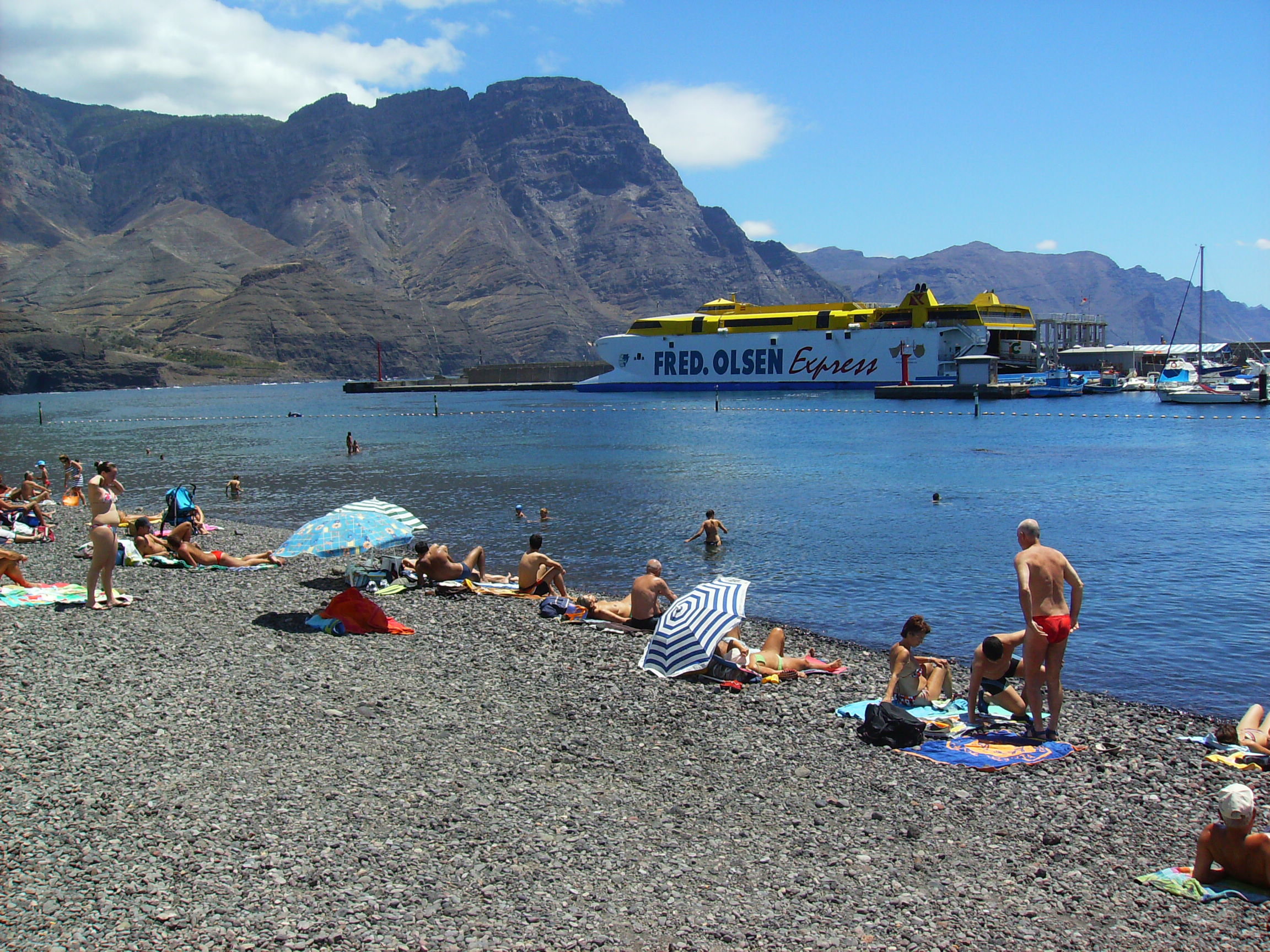
Famous for its rocky beaches and natural landmarks, the municipality of Agaete is located in the eastern part of the island and prides itself on the variety of landscapes within the region. The most attractive are perhaps the stony beaches of the Port of Las Nieves, where rustic seafood and quaint blue and white homes seem to transport you to the Greek Isles.
Fred Olsen runs cruises from this port to the island of Santa Cruz de Tenerife and in this small bay once stood el Dedo de Dios. Translated as God’s finger, this ancient stone formation resembling and appendage stood at this spot for centuries before being toppled by Tropical Storm Delta. Fish soup, caldo de pescado, is present on every menu in this port village.
To get a view of the windy coastline, leave Arucas by taking the GC-20 highway north. The motorway will turn into GC-2 at Hoya Alta. Follow it west, passing Santa María de Guía de Gran Canaria with its beautiful church and queso de flor cheese. Agaete lies on the same highway, 26 kilometers from Arucas.
Tejede and Roque Nublo
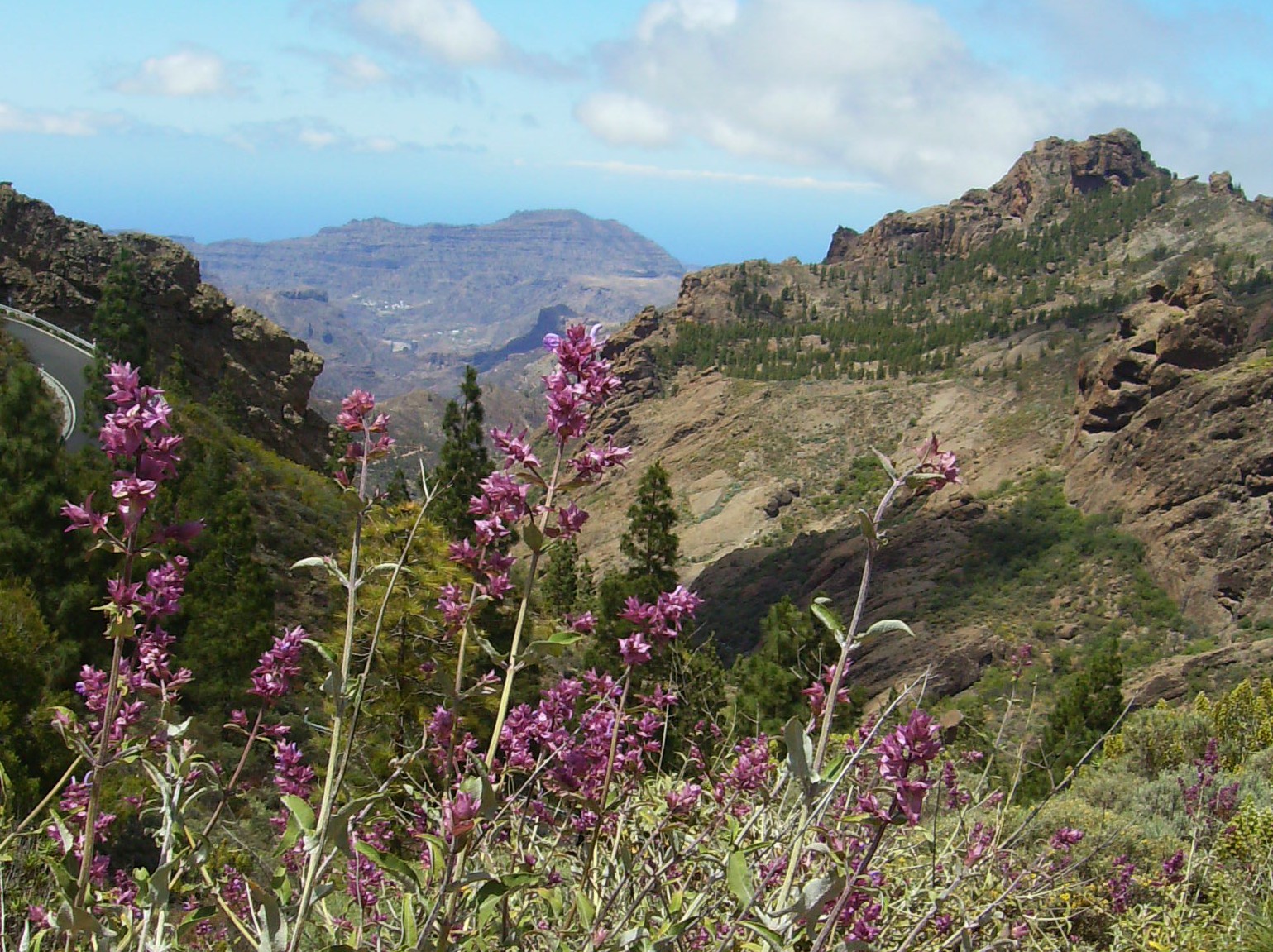
Roque Nublo, the towering monolith in the geographic center of the island, stands as the continent’s greatest climate controller and one of the main climate zones on the island. While the north tends to be rainier and cooler than the south, the rock is believed by islanders to split the clouds in two, thus deterring them to other islands.
Regardless, the sparse mountain vegetation and dramatic cliffs are great for hiking and, on a clear day, one can see the southern coast slope into the sea and across to the largest island of the Canaries: Tenerife, with its commanding volcano, Mount Teide.
Heading inland from Agaete, it’s best to backtrack to Arucas on the GC-2 and take the GC- 43 towards Teror. The roads here get steep and winding (I even got sick), so be sure to hydrate well. Following signs to Tejada, you’ll catch both the GC-21 and GC-15. If you’re more adventurous, the bumpy GC-220 will get you there in an hour.
Puerto de Mogán
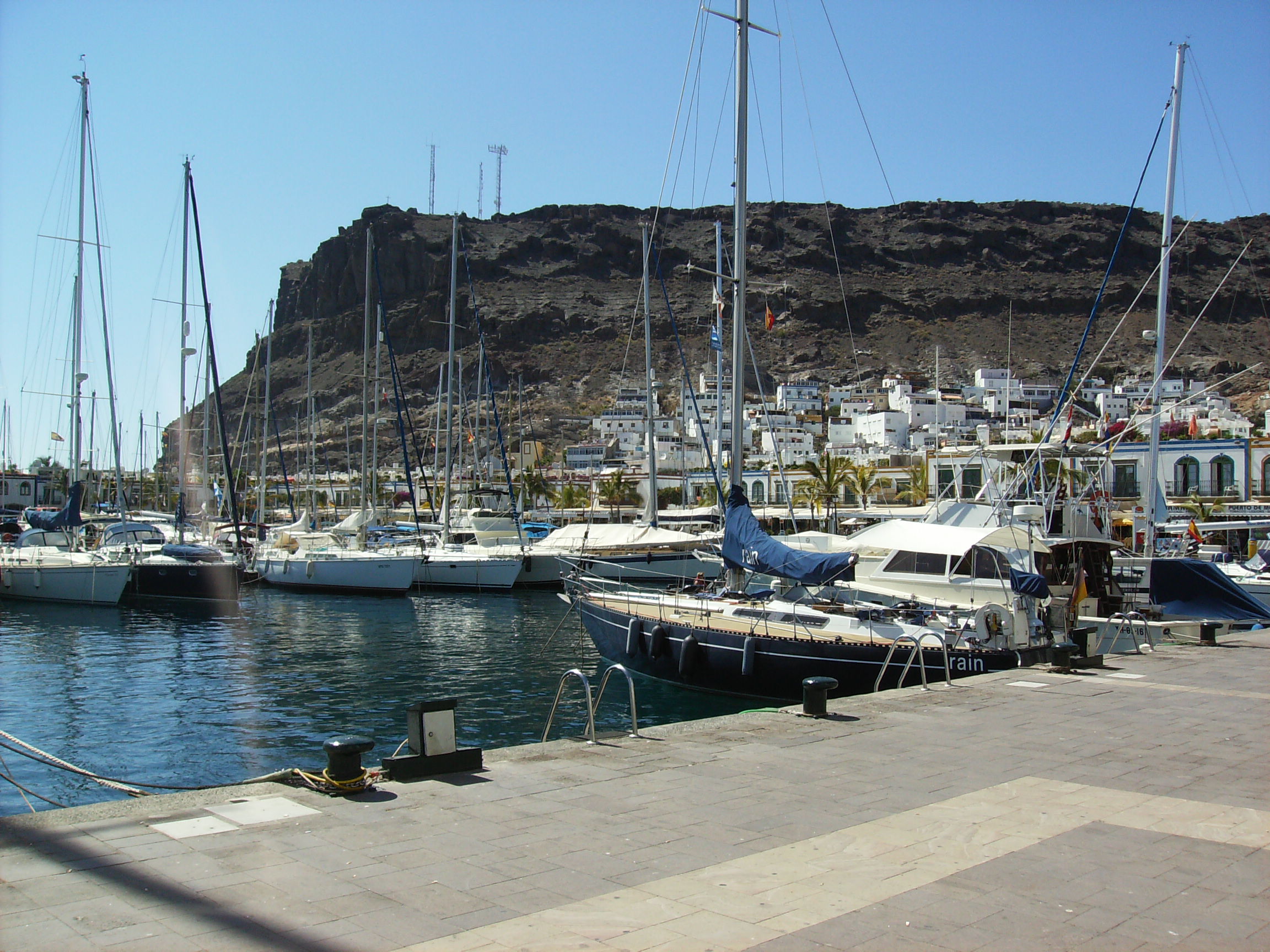
Known as the Venice of Canarias, Mogán makes everything look good. From Telde, catch the GC-605, passing the town of Mogán and its incredibly steep ravines to the coastal village.
Canals criss-cross the small port known for its fishing heritage and its food doesn’t disappoint. From fresh seafood a la plancha to traditional papas arrugá (baked jacket potatoes) and mojo picón (Spain’s closest thing to salsa), everything seemed more beautiful that afternoon. From breathtaking sunsets to pristine beaches, Puerto de Mogán merits at least a half-day.
To get to Mogán and its port from Tejeda, hop on the GC-605, which becomes GC-200 at Mogán (47 km).
Maspalomas
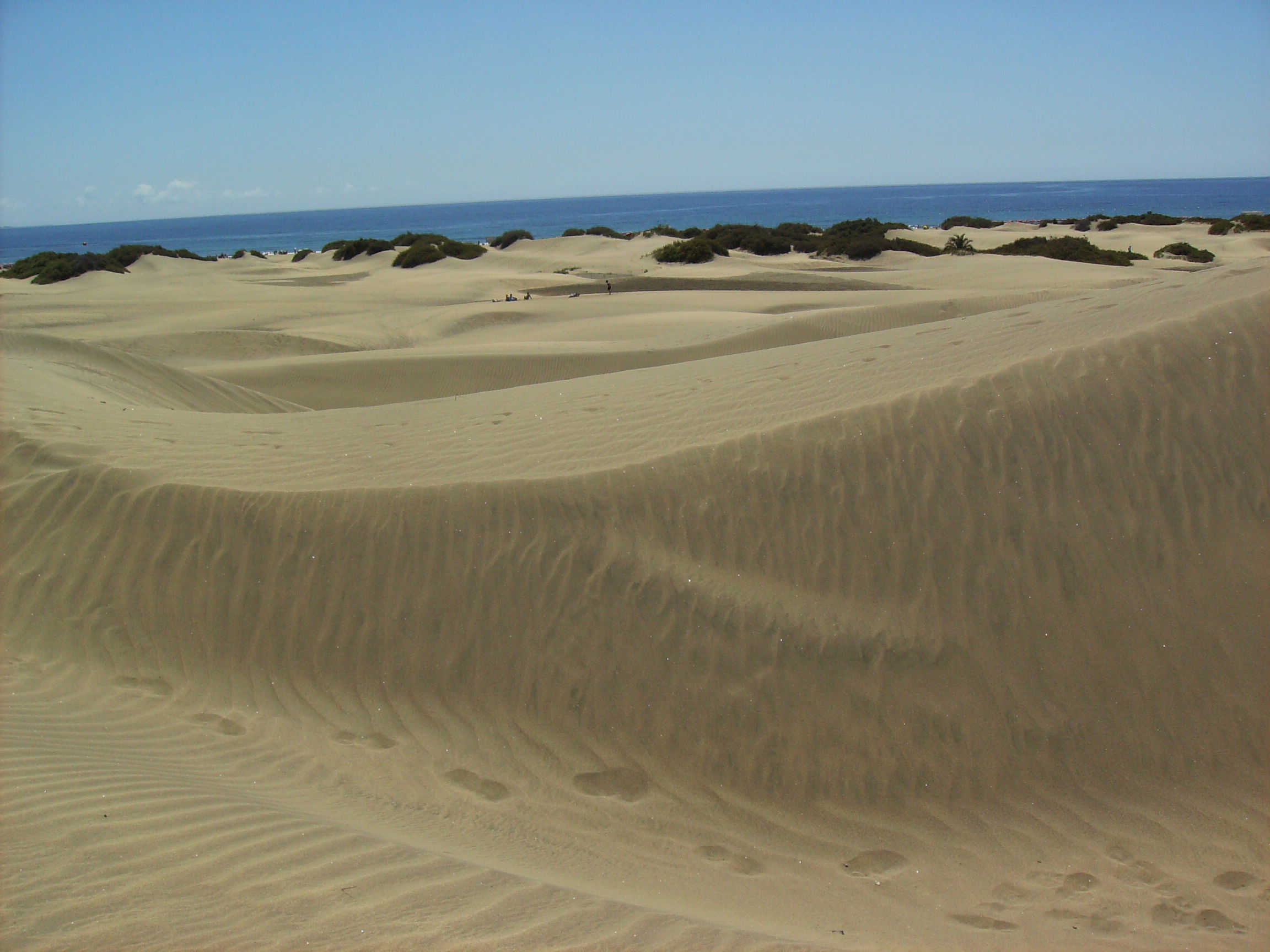
Maspalomas has the best climate in the entire archipelago, averaging 25ºC year-round, making it the mecca of tourism on the island. From gay bars to sand bars, it echoes Málaga in its well- kept beaches and all-inclusive hotels. In fact, the main beach is called Playa de los Ingleses, paying homage to the cold-blooded northern Europeans who chose the island as their winter vacation spot.
The biggest attraction is the 17km stretch of coastline, which create a dune of some 400 hectares and provides refuge to thousands of migratory birds, as well as attractive water sports and world-class golf courses.
From Mogán, you can catch the GC-1 highway for a quick way (30 km) to the resort town of Maspalomas, or take the scenic route GC-500, which runs along the coast. If taking the coastal road, be sure to stop by Playa Amadores, a breathtaking cove with a white-sand beach imported from the Carribean. From Maspalomas, the airport is barely a half hour’s drive.
For those who can’t go by car, there’s always the gua-gua. Waah, waah.

About the Author: Cat left Chicago’s skyscrapers for the empty blue sky and olive groves of Andalucia after graduating from the University of Iowa. A fan of cheap beer and olives, she’s thinking of staying in southern Spain long-term. Follow Cat’s journey on her blog, Sunshine and Siestas.







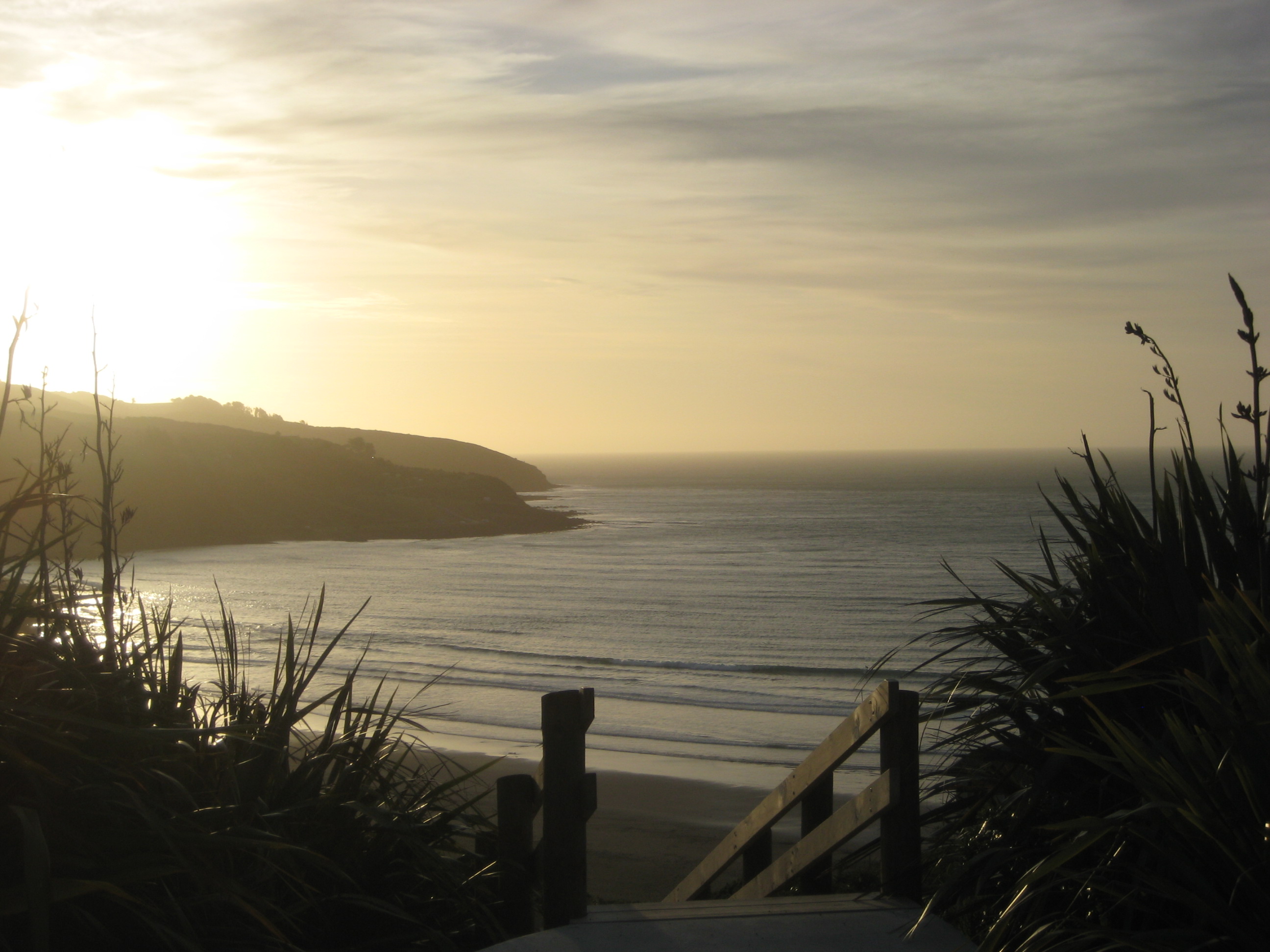



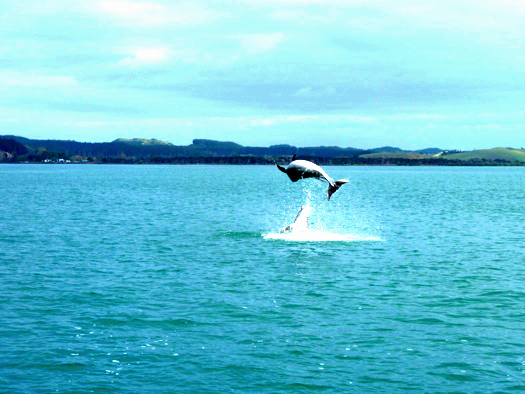
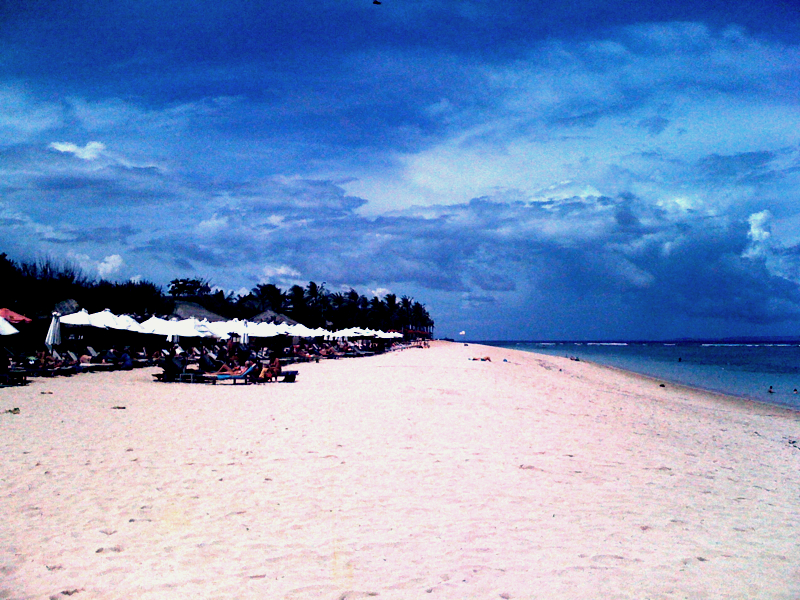


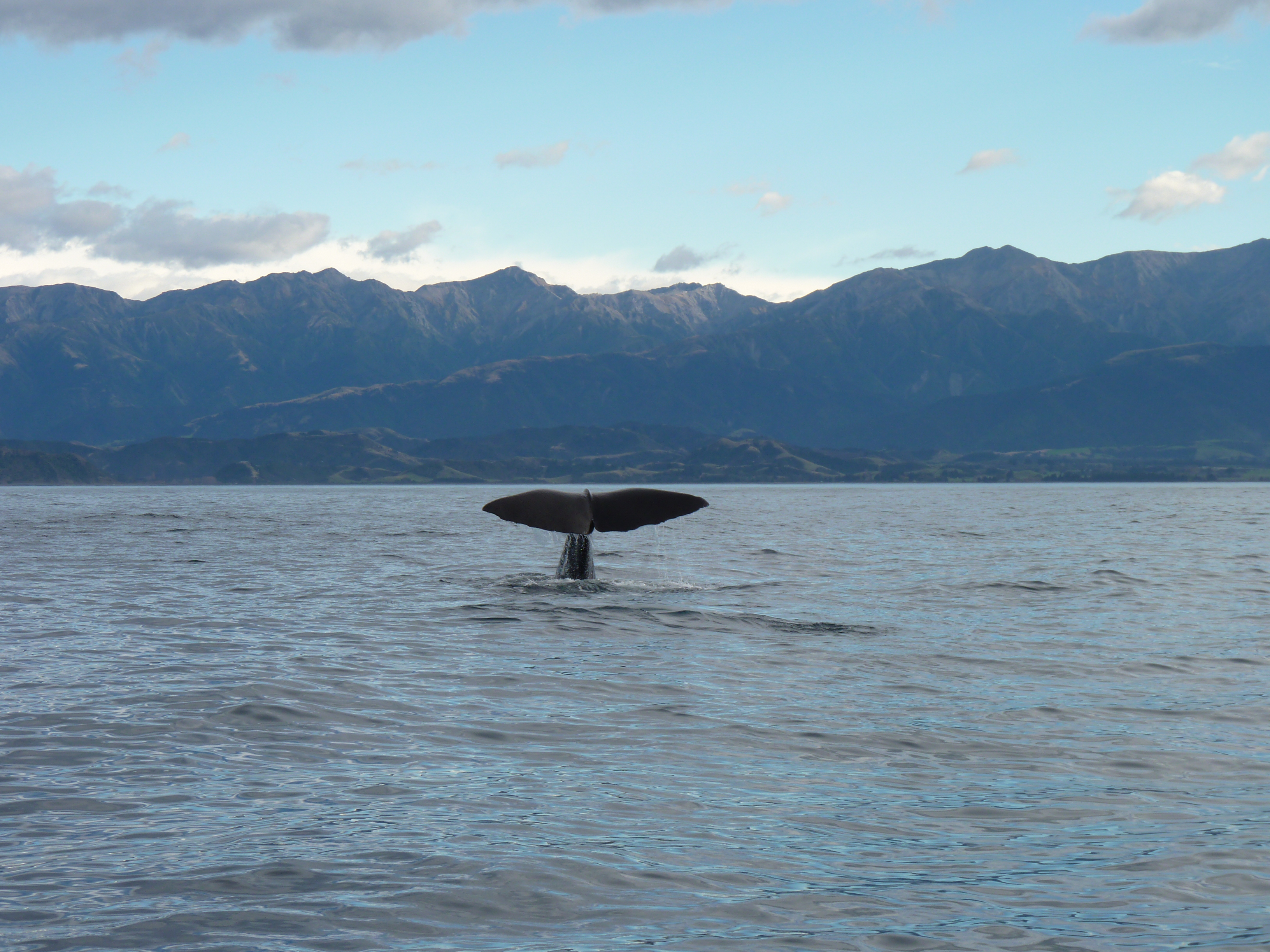
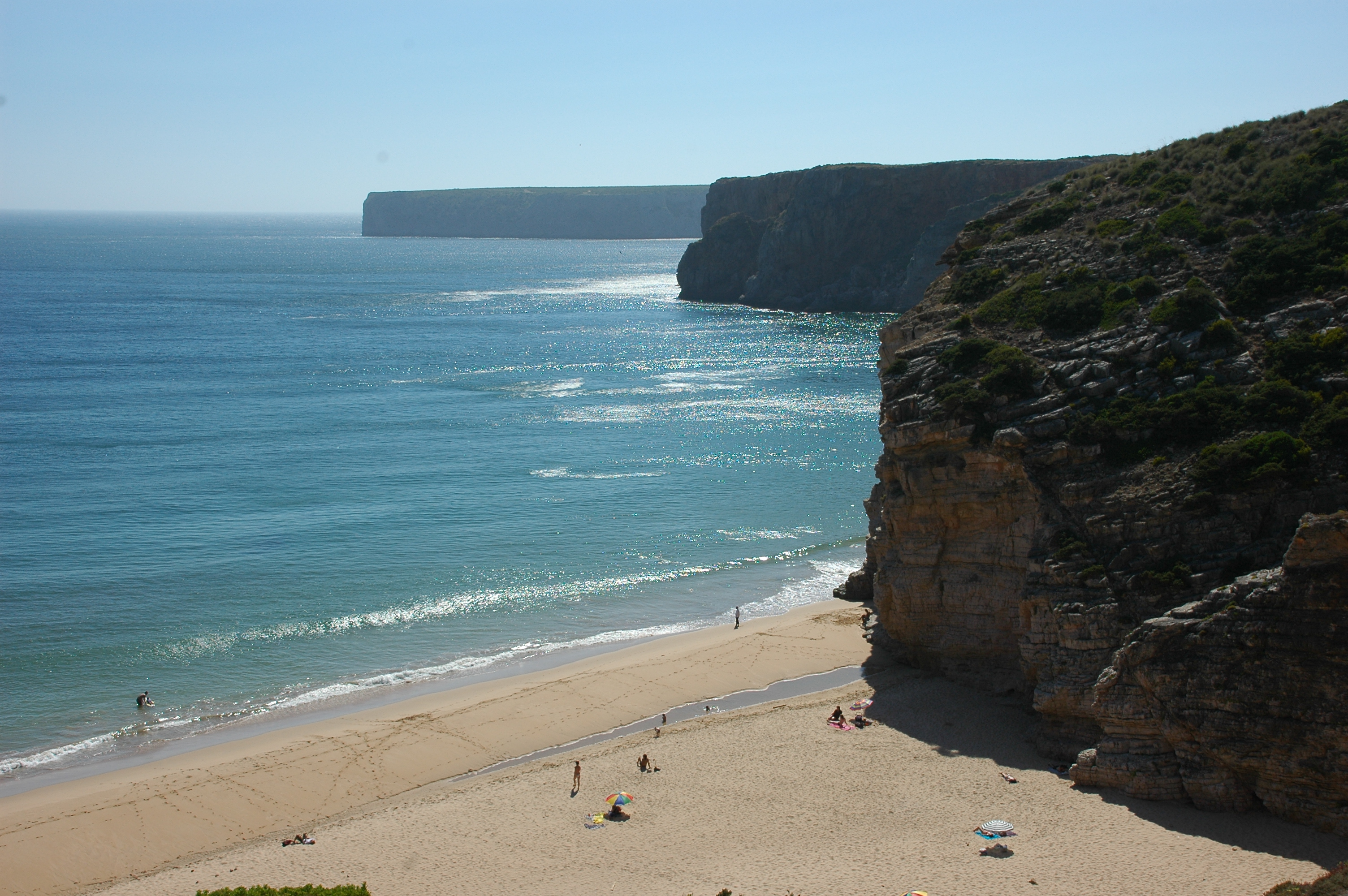



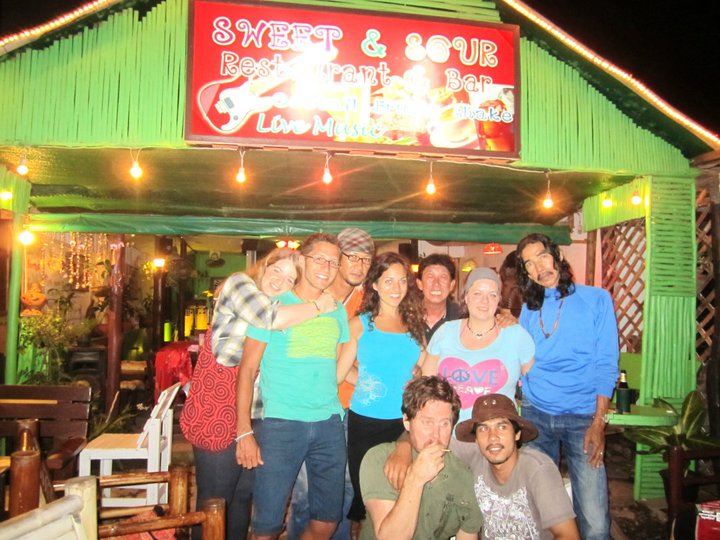




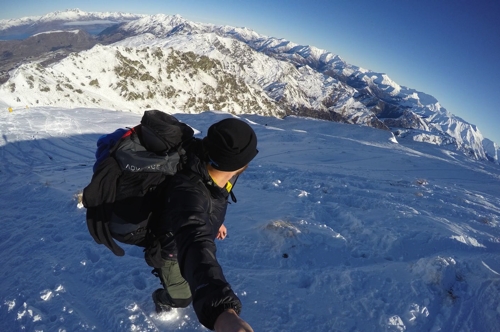
 Backpacking Matt
Backpacking Matt 



